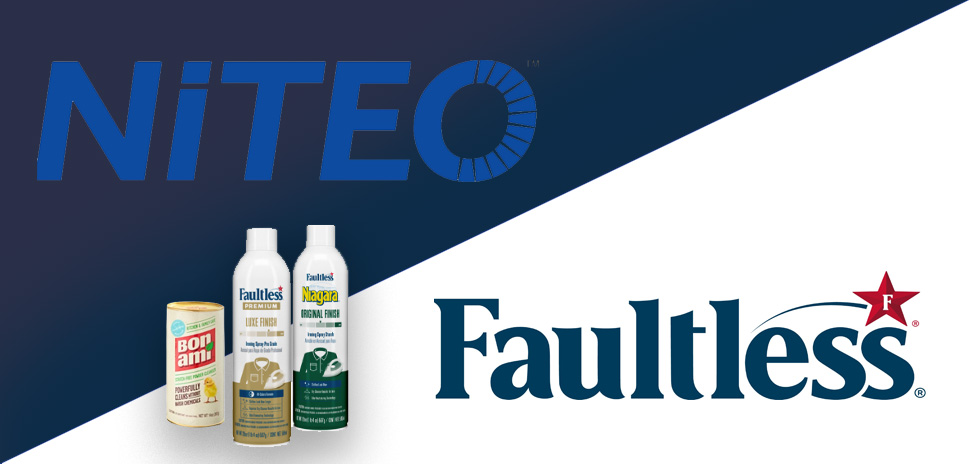Today’s web portals provide a whole array of sales and marketing tools to facilitate B2B and B2C communication and help organizations fulfill their business strategies. However, web portals can ensure not only an uninterrupted business communication, but they also may stimulate development of a corporate knowledge base or even trigger co-innovation through dedicated collaboration tools. Let’s see how it works.
Discovering the co-innovation potential of traditional web portals
Indeed, modern web portals are not merely communication channels. They also can enhance companies’ competitiveness through co-innovation, or open innovation, by using knowledge inflows and outflows that accelerate internal innovation (according to Henry Chesbrough’s definition). Good news is that there is no need to look for sophisticated software to launch co-innovations, since traditional web portals have everything to handle the challenge.
B2C and B2B customer portals can be far more than just service pages providing users with product descriptions and allowing them to place an order or contact a sales representative. B2C and B2B web portals can also aggregate customers’ innovative ideas, needs, preferences and expectations that later will serve as the basis for future innovative products and services. At the same time, a company can use web portals to get customers’ early feedback on a planned innovation to assess its vitality and make relevant changes before giving it a go.
Vendor portals can go beyond enabling vendor self-service or reducing vendor management overload. They may also stimulate vendors to deliver innovations by aligning their product and service development with their customers’ innovation plans. Just an example: a construction company puts up their innovation plan on building tornado-proof houses. This will allow their vendors to get involved into the innovation cycle and work on innovative construction components (e.g. improved concrete composition or fortified roof decks) for this particular project. Such a co-innovation process will facilitate product design and launch cycles as well as improve the quality-price ratio of products and services.
Research portals can bring together employees from different organizations to collaborate on a particular innovation project. A co-innovation portal will ensure the project participants’ synergy in improving an innovation component due to changing other components appropriately. Research portals also allow stakeholders to share research results to avoid duplicating ideas or to check their viability, as well as to get an instant consultation from partner organizations’ experts. Enabling researchers to collaborate on an innovation, a co-innovation portal substantially reduces time required to accomplish the innovation cycle.
Bringing co-innovation features
But how to bring this co-innovation component to traditional web portals? Whether a company just plans to launch an external portal with co-innovation capabilities or already uses one but wants to make it more convenient for co-innovation, there are several critical requirements to meet to ensure this solution is viable.
Involve external participants. To stimulate intensive idea generation and nurturing by both internal and external users, a portal should engage stakeholders by being easy to access and use. External users participating in the co-innovation process should be able to work with documents, share their ideas and opinions, join or initiate discussions at any moment. External users will also be pleased to have their personal pages to freely manage and store their own materials.
Provide collaboration tools. Since co-innovation strongly depends on effective collaboration between all the involved parties, employees should have user-friendly n-way communication tools (chats, blogs, communities, discussion boards, etc.) enabling them to stay tuned to idea generation and discussion both in their offices and remotely.
Ensure the portal is convenient. Co-innovation is an ongoing process that implies everyday content and communication management. That’s why a web portal should provide effective tools to handle different types of content and be powerful enough to ensure a smooth working process for multiple concurrent users. At the same time, a portal should be scalable enough to accommodate new features as required.
Picking a tech platform for co-innovation
While choosing a platform that will successfully meet co-innovation requirements, companies may face a difficult choice, as solutions are multiple and it is not easy to find an optimal one. While approaching this challenging task, it is reasonable to pick out those platforms that offer strong out-of-the-box capabilities and are flexible enough for customization. Guided by these considerations, companies may opt for a SharePoint-based solution as this platform offers multiple co-innovation features for web portal users.
- Role-based access to control who sees what. The platform allows setting up user roles and permissions according to employees’ positions and involvement into the innovation cycle. This feature guarantees differentiated levels of how much information is available to various user roles, and thus minimizes the risk of data leaks.
- Co-innovation areas for each partner. Many companies can find it confusing to work in a space with joint access, as they fear to expose their sensitive data or to be compromised by their competitors. SharePoint can provide organizations with co-innovation areas (dedicated collaboration spaces or separate site collections) allowing to safeguard corporate sensitive data and to make it inaccessible for users from other organizations.
- Various collaboration tools give portal owners freedom to choose those collaboration models that will be the most effective for their co-innovation. SharePoint developers can assist an organization in creating separate collaboration sites, blogs, communities, as well as integrate chats that will ensure easier communication.
- Powerful and customizable search allows users to quickly find information among all the accessible portal resources and sort out the most relevant ones. By configuring custom search queries and rules, a portal owner can also tune the search according to external users’ roles.
- User convenience. Using SharePoint-based portal, employees will keep co-innovating by accessing their portal from a personal computer or mobile devices whenever they need it.
- Security is one of the major concerns while developing a web portal that deals with corporate intellectual property exposed to external users. Here companies can take up the following options:
- Co-innovate via an extended portal. An organization can provide every co-innovation partner with a separate web application, thus guarantee process and data isolation. In this case, external users will access the same co-innovation site through independent URLs, however all the content will be stored in a single database, which will ensure an uninterrupted co-innovation process between the involved parties.
- Co-innovate via a single portal with custom authentication modes. External users can access their web portal using different authentication modes. To collaborate with an entrusted partner, a company can add this partner to a dedicated group in their corporate Active Directory and enable the standard Microsoft authentication for both internal and external users. Another possible opportunity is to set up mixed mode authentication. This way, internal users will be logging in via claims-based authentication while external visitors will use form-based authentication and will not be added to the corporate Active Directory.
Although usually companies manage innovations internally, it becomes more and more vital to initiate co-innovations by engaging customers and vendors. To encourage companies to share their intellectual property openly, such technologies as SharePoint make co-innovation both comfortable and secure by supporting uninterrupted collaboration along with protecting sensitive data during the entire innovation cycle.
For a daily dose of what’s new and next in Dallas-Fort Worth innovation, subscribe to our Dallas Innovates e-newsletter.

































